Home>Garden Essentials>What Is A Green Space
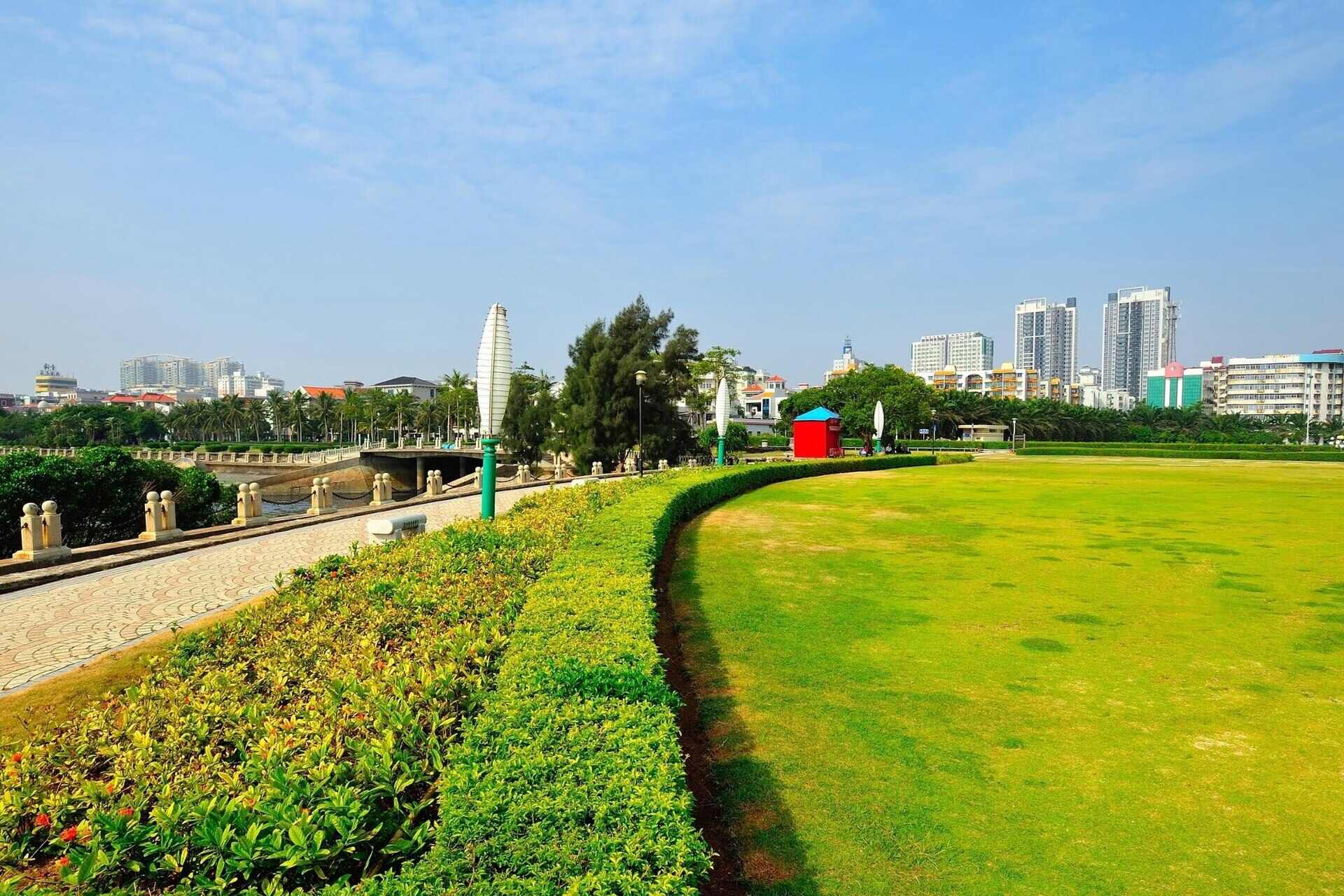

Garden Essentials
What Is A Green Space
Modified: March 7, 2024
Discover the benefits of having a garden as a green space. Find out how gardens can improve your mental health, provide a relaxing environment, and contribute to a sustainable lifestyle.
(Many of the links in this article redirect to a specific reviewed product. Your purchase of these products through affiliate links helps to generate commission for Storables.com, at no extra cost. Learn more)
Introduction
Welcome to the world of green spaces, where nature flourishes and peace abounds. In today’s fast-paced and urbanized world, green spaces have become a vital part of our lives. These verdant sanctuaries offer a multitude of benefits, from enhancing our physical and mental well-being to fostering a sense of community and providing a respite from the hustle and bustle of daily life.
But what exactly is a green space? In simple terms, a green space refers to an area of land that is predominantly covered with vegetation, such as grass, trees, shrubs, and flowers. It can take various forms, ranging from a small pocket park in the heart of a city to vast green expanses like national parks or botanical gardens. Green spaces can be public or private, designed for recreational, educational, or conservation purposes.
The popularity and importance of green spaces have surged in recent years, as people recognize the numerous benefits they offer. Not only do green spaces contribute to the overall aesthetics of a community, but they also play a crucial role in maintaining and improving our environment, physical health, and mental well-being.
In this article, we will explore the various aspects of green spaces and delve into their significance in our lives. From the environmental benefits they provide to the ways in which they enhance our physical and mental health, we will uncover the true impact and value of green spaces. We will also examine different types of green spaces, the process of designing and creating them, as well as the challenges they face and the solutions available.
So, if you’re ready to embark on a journey through the lush realm of green spaces, let’s delve into the many wonders and benefits they offer.
Key Takeaways:
- Green spaces, like parks and gardens, offer physical and mental health benefits, improve the environment, and create a sense of community, making them essential for vibrant and livable communities.
- Designing, maintaining, and overcoming challenges for green spaces require careful planning, community involvement, and innovative solutions to ensure their longevity and effectiveness.
Read more: What Is A Green Gable?
Definition of Green Space
Green space, also known as open space or greenspace, is a term used to describe any area of land that is predominantly vegetated and set aside for public use or preservation. Green spaces encompass a wide array of natural and semi-natural landscapes, including parks, gardens, forests, meadows, wetlands, and even roadside plantings.
These areas are intentionally designed and maintained to provide environmental, recreational, and aesthetic benefits to the surrounding community. They serve as a refuge from the built environment, offering a connection to nature and a sense of tranquility.
Green spaces can be found in urban, suburban, and rural settings, fulfilling different roles based on their size and location. In urban areas, they are more likely to be small parks or pocket gardens, providing a place for residents to relax, exercise, and socialize. In rural regions, green spaces often encompass vast expanses of protected land, serving as wildlife habitats, natural ecosystems, and recreational spaces.
One of the key characteristics of green spaces is the presence of vegetation. This can include grass, trees, shrubs, flowers, and other plants. The level of vegetation can vary, ranging from manicured lawns in city parks to dense forests in national parks. The diversity and quality of vegetation in green spaces contribute to their aesthetic appeal and ecological value by supporting biodiversity and providing habitat for animals and insects.
Importantly, green spaces are typically publicly accessible, promoting community engagement and inclusivity. They serve as gathering places where people can come together, fostering a sense of belonging and promoting social interactions. In urban areas, green spaces act as essential oases amidst the concrete jungle, allowing residents to escape the stresses of city life and engage in recreational activities such as picnicking, jogging, or simply enjoying the beauty of nature.
Overall, the definition of green space extends beyond mere vegetation and encompasses the multifaceted benefits and functions they offer. These spaces enhance our physical and mental well-being, contribute to a sustainable environment, provide educational opportunities, and foster social connections. They are essential elements of vibrant and livable communities.
Importance of Green Space
Green spaces play a vital role in society, offering a myriad of benefits that are essential for both individuals and communities as a whole. These spaces act as invaluable assets that improve the quality of life, contribute to environmental sustainability, and promote physical and mental well-being. Let’s explore the importance of green space in more detail.
1. Enhancing Physical Health: Green spaces provide opportunities for physical activity and exercise. Engaging in outdoor activities such as walking, jogging, cycling, or playing sports in these spaces can help to improve cardiovascular health, strengthen muscles, and boost overall fitness levels. The abundance of fresh air and exposure to sunlight also contribute to the production of vitamin D, crucial for bone health and immune function.
2. Promoting Mental Well-being: Spending time in green spaces has been linked to reduced stress levels, improved mood, and enhanced mental well-being. Being surrounded by nature and greenery elicits feelings of calmness and relaxation, reducing anxiety and depression symptoms. Green spaces also serve as therapeutic environments, providing solace, and acting as a natural stress-reliever.
3. Connecting with Nature: Green spaces offer a connection to the natural world, allowing people to experience the beauty and wonders of the environment. This connection fosters a sense of appreciation and responsibility towards nature, igniting a desire to protect and conserve it. It also provides educational opportunities, especially for children, who can learn about plants, animals, ecosystems, and the importance of environmental stewardship.
4. Improving Air and Water Quality: Green spaces serve as natural filters, absorbing pollutants and reducing the levels of harmful chemicals in the air. Trees and vegetation play a vital role in capturing and storing carbon dioxide, helping to mitigate climate change. They also act as natural water absorbers, reducing flooding risks by absorbing rainwater and reducing runoff.
5. Enhancing Biodiversity: Green spaces provide habitats for a wide variety of plants, animals, and insects. They support biodiversity by preserving native species and encouraging wildlife populations to thrive. This ecological diversity contributes to the stability and resilience of ecosystems, which is crucial for the overall health of the planet.
6. Social and Community Benefits: Green spaces act as gathering places, bringing people together and fostering a sense of community. They provide avenues for social interactions, community events, and recreational activities. Green spaces also serve as equalizers, providing access to nature and recreational opportunities for people regardless of socio-economic backgrounds.
Overall, green spaces are not just recreational areas; they are invaluable assets that contribute to the overall well-being of individuals and communities. The importance of investing in and preserving green spaces cannot be understated, as they have a profound impact on our physical health, mental well-being, and the sustainability of our environment.
Environmental Benefits of Green Space
Green spaces are not only aesthetically pleasing, but they also provide a multitude of environmental benefits. These benefits contribute to the overall health and sustainability of the planet. Let’s explore some of the key environmental advantages of green spaces.
1. Mitigating Climate Change: Green spaces, particularly forests and large vegetated areas, play a crucial role in mitigating climate change. They act as carbon sinks, absorbing carbon dioxide from the atmosphere through photosynthesis and storing it in their biomass. This helps to reduce the levels of greenhouse gases in the air, mitigating the impact of climate change.
2. Improving Air Quality: Green spaces act as natural filters, trapping pollutants and improving air quality. Trees and vegetation absorb airborne pollutants and particulate matter, such as nitrogen dioxide, ozone, and fine dust particles. This helps to reduce respiratory and cardiovascular health problems caused by poor air quality.
3. Reducing Urban Heat Island Effect: Urban areas tend to absorb and retain heat, creating what is known as the “urban heat island effect.” Green spaces with abundant vegetation help combat this effect by providing shade, cooling the air, and reducing surface temperatures. This helps to create a more comfortable and livable urban environment.
4. Managing Stormwater: Green spaces help manage stormwater runoff by absorbing rainfall and reducing the risk of flooding. Vegetation acts as a natural sponge, soaking up rainwater and allowing it to infiltrate into the soil. This helps to recharge groundwater resources and reduce pressure on drainage systems.
5. Preserving Biodiversity: Green spaces provide habitats for a diverse range of plant and animal species, contributing to biodiversity conservation. They serve as refuges for native wildlife, enabling them to thrive and maintain healthy populations. The preservation of biodiversity is crucial for maintaining ecosystem balance and resilience.
6. Protecting Water Quality: Green spaces help to protect water quality by acting as buffers against runoff pollution. The vegetation in green spaces filters pollutants from rainwater, preventing them from entering streams, rivers, and groundwater. This safeguards aquatic ecosystems and the overall health of water resources.
7. Enhancing Soil Health: Green spaces promote soil health by improving soil structure, increasing organic matter content, and enhancing nutrient cycling. Trees and plants contribute to the accumulation of organic matter through the recycling of fallen leaves and plant debris. Healthy soils support plant growth, improve water infiltration and retention, and contribute to overall ecosystem functioning.
These environmental benefits highlight the importance of green spaces in creating sustainable and resilient communities. By investing in and preserving green spaces, we can contribute to mitigating climate change, improving air and water quality, and protecting biodiversity. Green spaces serve as vital tools in maintaining the health and sustainability of our planet for future generations.
Health Benefits of Green Space
Spending time in green spaces has been shown to have a multitude of positive effects on our health and well-being. From reducing stress levels to improving overall physical fitness, green spaces offer a wide range of health benefits. Let’s explore some of the key ways in which green spaces can improve our well-being.
1. Stress Reduction: Green spaces have a calming effect on our minds and bodies. The presence of nature and natural elements has been shown to reduce stress levels and promote relaxation. Walking or simply sitting in a green space can help to lower blood pressure, reduce heart rate, and alleviate feelings of anxiety and stress.
2. Mental Health Improvement: Access to green spaces has been linked to improved mental health and well-being. It can help to reduce symptoms of depression, boost mood, and enhance overall mental well-being. Time spent in green spaces allows for a break from the daily stresses and pressures of life, providing a sense of escape and tranquility.
3. Physical Activity Promotion: Green spaces provide an ideal setting for physical activities such as walking, jogging, cycling, or playing sports. Engaging in these activities in a natural environment not only promotes physical fitness but also adds an element of enjoyment and connection with nature. Regular physical activity in green spaces can help to improve cardiovascular health, strengthen muscles, and maintain a healthy weight.
4. Enhanced Immune Function: Spending time in green spaces exposes individuals to a diverse range of microorganisms, which can have a positive effect on the immune system. Studies suggest that exposure to nature activates and strengthens our immune response, making us more resilient to common illnesses and infections.
5. Increased Vitamin D Levels: Sunlight exposure is essential for the production of vitamin D in the body, which is crucial for bone health, immune function, and overall well-being. Spending time in green spaces allows for ample sunlight exposure, helping to maintain optimal vitamin D levels in the body.
6. Improved Cognitive Function: Green spaces have been found to enhance cognitive function and attention span. Being in nature helps to restore mental energy, reduce mental fatigue, and improve focus and concentration. The soothing qualities of green spaces allow for improved cognitive performance and increased productivity.
7. Social Engagement and Community Connection: Green spaces provide opportunities for social interactions and community engagement. People often gather in parks and recreational areas, fostering a sense of belonging and community connection. Socializing in green spaces can have positive effects on mental health and overall well-being.
These health benefits highlight the significant impact that green spaces can have on our physical, mental, and emotional well-being. From reducing stress and improving mental health to promoting physical activity and enhancing immune function, green spaces serve as natural remedies that contribute to a healthier and happier lifestyle.
Read more: How To Freeze Green Beans From The Garden
Economic Benefits of Green Space
Green spaces not only provide environmental and health benefits but also have a positive impact on local economies. Investing in and preserving green spaces can yield substantial economic returns and contribute to the overall prosperity of communities. Let’s explore some of the key economic benefits of green spaces.
1. Increased Property Values: Properties located near green spaces are often more desirable and, therefore, command higher prices in the real estate market. Research has shown that proximity to parks, gardens, or nature preserves can increase property values by up to 20%. Green spaces enhance the aesthetics of a neighborhood, attract potential buyers, and create a sense of desirability and exclusivity.
2. Boosted Tourism: Green spaces, especially those in tourist destinations, attract visitors from near and far. National parks, botanical gardens, and other picturesque green areas can serve as major tourist attractions, generating revenue for local businesses such as hotels, restaurants, and entertainment venues. The beauty and recreational opportunities offered by green spaces can drive tourism and contribute to local economies.
3. Job Creation and Economic Activity: The development, maintenance, and operation of green spaces create employment opportunities. Local governments, private organizations, and non-profit entities hire personnel to manage and maintain these spaces, contributing to job creation. Moreover, the presence of green spaces can stimulate economic activity through the establishment of recreational facilities, outdoor events, and eco-tourism ventures.
4. Improved Air and Water Quality: Green spaces play a role in reducing pollution, leading to cost savings in healthcare and water treatment. By improving air quality and reducing the levels of pollutants, green spaces help minimize the costs associated with treating respiratory and cardiovascular diseases. Additionally, green spaces act as natural filtration systems, reducing the need for costly water treatment technologies.
5. Energy Efficiency and Cost Savings: Well-designed green spaces can contribute to energy efficiency and cost savings in urban areas. Trees and vegetation provide natural shade, reducing the demand for air conditioning during hot summer months. This helps to lower energy consumption and utility bills for both homeowners and businesses.
6. Increased Business Revenue: Green spaces attract people and encourage them to spend time and money in the surrounding areas. Restaurants, cafes, and retail shops located near parks and recreational green spaces often experience increased foot traffic as people visit these areas for leisure activities. This can result in higher sales revenues for local businesses.
7. Community Cohesion and Cohesiveness: Well-maintained green spaces contribute to a sense of community pride, identity, and cohesion. When people have access to green spaces, they are more likely to engage in community activities and social interactions. This sense of community can lead to better collaboration, increased volunteering, and a higher overall quality of life.
These economic benefits demonstrate that green spaces are not only good for the environment and human well-being but are also key drivers of economic growth and vitality. Investing in green spaces is a wise economic strategy that pays dividends by enhancing property values, boosting tourism, creating jobs, reducing healthcare costs, and fostering a stronger sense of community.
Green spaces, like parks and gardens, provide important benefits to the environment and our well-being. They help reduce air and noise pollution, provide habitat for wildlife, and offer a place for people to relax and exercise.
Types of Green Spaces
Green spaces come in a variety of forms, each with its own unique characteristics and purposes. From urban parks to rural nature reserves, these spaces offer diverse opportunities for recreation, relaxation, and connection with nature. Let’s explore some of the different types of green spaces.
1. Urban Parks: Urban parks are typically located within cities and serve as green oases amidst the urban landscape. They can range in size from small neighborhood parks to large city parks. Urban parks are often designed to provide recreational opportunities such as walking paths, playgrounds, sports fields, and picnic areas. They are essential for improving local biodiversity, promoting physical activity, and enhancing the overall livability of urban environments.
2. Botanical Gardens: Botanical gardens are specialized green spaces that focus on the cultivation, display, and preservation of a wide variety of plant species. These gardens showcase and educate visitors about different plant species, including rare and exotic plants. They often feature themed gardens, such as rose gardens, tropical gardens, or succulent gardens, providing a visually stunning and educational experience for visitors.
3. Nature Reserves: Nature reserves are natural areas that are protected and managed to conserve biodiversity and ecosystems. These areas may encompass forests, wetlands, meadows, or other habitats. Nature reserves serve as important sanctuaries for native flora and fauna and provide opportunities for nature enthusiasts to observe and appreciate the natural environment.
4. Community Gardens: Community gardens are shared spaces where individuals or groups come together to cultivate plants and grow their own produce. These gardens promote community engagement, foster a sense of ownership and pride, and provide access to fresh, locally-grown food. Community gardens can be found in urban and suburban areas, offering residents a chance to connect with nature and each other while promoting sustainable practices.
5. Green Roofs and Walls: Green roofs and walls are innovative green spaces that can be found in urban areas with limited ground space. Green roofs involve covering the rooftops of buildings with vegetation, providing numerous benefits such as temperature regulation, stormwater management, and improved air quality. Green walls, also known as living walls, are vertical structures covered with plants, often installed on the exterior or interior of buildings, offering similar benefits in terms of aesthetics and environmental impact.
6. National Parks: National parks are vast expanses of protected land managed by government authorities for conservation and recreational purposes. These parks feature diverse ecosystems, landscapes, and wildlife, offering opportunities for activities such as hiking, camping, wildlife watching, and nature photography. National parks provide a gateway to experiencing the beauty and wilderness of natural landscapes on a grand scale.
7. Greenways and Trails: Greenways and trails are linear green spaces that connect urban areas, parks, and natural areas. They are designed to facilitate non-motorized transportation, such as walking, jogging, biking, and rollerblading. Greenways and trails encourage physical activity, provide safe routes for commuting, and create connections to nature within urban environments.
These are just a few examples of the types of green spaces that exist. Each type offers its own unique experiences and benefits, contributing to the overall well-being and enjoyment of individuals and communities. Whether you prefer the tranquility of a botanical garden, the adventure of a national park, or the sense of community in a community garden, there is a green space out there for everyone to enjoy.
Designing and Creating Green Spaces
Designing and creating green spaces involves careful planning and consideration of various factors to ensure their functionality, aesthetics, and long-term sustainability. Whether it’s a small urban park or a large-scale nature reserve, here are some key steps involved in the design and creation of green spaces.
1. Assessing the Site: The first step in creating a green space is to assess the site and understand its characteristics, including topography, soil conditions, drainage patterns, and existing vegetation. This assessment helps determine the site’s constraints and opportunities, guiding the design process.
2. Defining the Purpose and Goals: Clearly defining the purpose and goals of the green space is essential. Is the goal to provide recreational opportunities, enhance wildlife habitat, or promote community engagement? Understanding the intended purpose helps shape the design elements and features of the green space.
3. Developing a Design Plan: Based on the goals and site assessment, a design plan is created. This plan includes elements such as pathways, seating areas, play structures, landscaping features, water features, and parking areas, depending on the intended use and scale of the green space. The design plan should consider accessibility, sustainability, biodiversity, and aesthetic appeal.
4. Engaging Stakeholders: Involving stakeholders, including community members, local authorities, and environmental experts, is crucial to a successful green space project. Consulting with stakeholders helps gather valuable input, consider diverse perspectives, and ensure that the green space meets the needs and desires of the community.
5. Selecting Plants and Vegetation: Selecting appropriate plants and vegetation is essential for the functionality and aesthetics of the green space. Consideration should be given to native species, which are well-adapted to the local climate and require less maintenance. The selection of plant species should also support biodiversity, attract pollinators, and provide year-round visual interest.
6. Incorporating Sustainable Elements: Sustainable design practices should be integrated into the green space to minimize environmental impact and ensure long-term sustainability. This may include incorporating rainwater harvesting systems, utilizing recycled materials, implementing efficient irrigation techniques, and incorporating renewable energy sources.
7. Implementing and Managing the Green Space: Once the design plans are finalized, the construction and implementation phase begins. This involves site preparation, installation of infrastructure and amenities, planting of vegetation, and ensuring accessibility and safety. Ongoing management and maintenance plans should also be established to preserve the green space’s functionality and aesthetic appeal over time.
Designing and creating green spaces is a collaborative and iterative process that requires careful consideration of the site, community needs, environmental sustainability, and aesthetic elements. By incorporating input from stakeholders, selecting appropriate vegetation, and implementing sustainable practices, green spaces can become vibrant and cherished community assets that provide numerous benefits for generations to come.
Maintaining and Managing Green Spaces
Maintaining and managing green spaces is essential to ensure their functionality, beauty, and longevity. Proper maintenance practices help preserve the health of vegetation, ensure visitor safety, and uphold the overall quality of the green space. Here are some important aspects to consider when maintaining and managing green spaces.
1. Regular Inspection and Monitoring: Green spaces should be regularly inspected to identify potential issues, such as damaged infrastructure, diseased plants, or safety hazards. Regular monitoring helps catch problems early and address them promptly to prevent further damage and ensure the well-being of visitors and the environment.
2. Lawn Care and Landscape Maintenance: Maintaining healthy lawns and landscapes is crucial for the aesthetics and functionality of green spaces. This includes regular mowing, trimming, and pruning of vegetation to keep it in a neat and attractive condition. Proper fertilization, watering, and weed control are also necessary to promote healthy growth and prevent the spread of invasive species.
3. Water Management: Efficient water management is vital for green spaces. This includes irrigation systems that deliver water efficiently and avoid overwatering, which can lead to fungal diseases and waste resources. Rainwater harvesting systems can also be implemented to capture and utilize rainfall for irrigation.
4. Waste Management: Proper waste management, including litter and waste removal, is essential to maintain a clean and inviting green space. Adequate waste bins should be placed strategically throughout the area, and regular collection and disposal routines should be established to prevent litter buildup and maintain a healthy environment.
5. Pest and Disease Control: Green spaces are susceptible to pests and diseases that can harm vegetation. Implementing integrated pest management techniques, such as proper plant selection, regular monitoring, and targeted treatments when necessary, helps control pests and diseases while minimizing the use of harmful chemicals. This ensures the health and vitality of the green space’s vegetation.
6. Infrastructure Maintenance: The infrastructure within the green space, such as pathways, seating areas, and play structures, should be regularly inspected and maintained. This includes repairing damage, ensuring structural integrity, and addressing safety concerns to provide a safe and enjoyable experience for visitors.
7. Community Engagement and Volunteer Programs: Engaging the community and establishing volunteer programs can help with the maintenance and management of green spaces. Encouraging community involvement through activities such as clean-up events, gardening clubs, or volunteer maintenance days fosters a sense of ownership, pride, and responsibility for the green space.
8. Sustainable Practices: Incorporating sustainable practices into the maintenance and management of green spaces helps reduce environmental impact and increase efficiency. This can include utilizing organic fertilizers, adopting eco-friendly pest control methods, employing water-conservation techniques, and promoting recycling and composting.
By implementing effective maintenance and management strategies, green spaces can thrive and continue to provide their many benefits for the community and the environment. Regular inspections, proper landscape care, efficient water and waste management, and community engagement are key components in preserving the beauty and functionality of green spaces for all to enjoy.
Read more: What Is The Green Spray On Lawns
Challenges and Solutions for Green Spaces
While green spaces offer numerous benefits, they also face unique challenges that require thoughtful solutions to ensure their longevity and continued effectiveness. Let’s explore some common challenges faced by green spaces and potential solutions to overcome them.
1. Urbanization and Land Scarcity: As urban areas continue to expand, the availability of land for green spaces becomes limited. The challenge lies in finding ways to incorporate green spaces within densely populated areas. Solutions include repurposing underutilized spaces such as rooftops or vacant lots for green space development, creating vertical gardens, and implementing innovative designs that maximize the use of limited space.
2. Limited Resources and Funding: Green spaces require resources and funding for maintenance, infrastructure development, and programming. Lack of financial resources can hinder their creation and restrict maintenance efforts. Solutions involve seeking public-private partnerships, securing grants and sponsorships, and engaging community members in fundraising or volunteer efforts to support the ongoing maintenance and development of green spaces.
3. Environmental Degradation: Green spaces are vulnerable to environmental degradation, including pollution, soil erosion, invasive species, and climate change effects. Solutions focus on implementing sustainable maintenance practices, adopting eco-friendly infrastructure design, utilizing native plant species, and engaging in regular monitoring and restoration efforts to mitigate and adapt to environmental challenges.
4. Human Impact and Overuse: Green spaces are often heavily used by the public, leading to wear and tear, litter, and potential damage to vegetation and infrastructure. Solutions include setting usage guidelines and limitations, promoting responsible behavior, increasing the number of park rangers or monitors to enforce regulations, and implementing education programs to raise public awareness about the importance of respecting and preserving green spaces.
5. Invasive Species and Pest Management: Invasive species and pests can pose a significant threat to the health and biodiversity of green spaces. Solutions involve implementing integrated pest management strategies, such as biological controls and targeted treatments, to prevent the spread of invasives and maintain a balanced ecosystem. Regular monitoring and early detection measures are also essential in managing invasive species and pests effectively.
6. Climate Change Resilience: Green spaces need to adapt to the increasing impacts of climate change, including extreme weather events, rising temperatures, and changing precipitation patterns. Solutions include selecting climate-resilient plant species, incorporating green infrastructure elements like rain gardens and bioswales to manage stormwater, and promoting landscape designs that enhance water efficiency and heat resilience.
7. Lack of Community Engagement: The success of green spaces depends on community engagement and involvement. Challenges arise when there is a lack of community awareness, interest, or participation. Solutions involve engaging the local community through outreach programs, organizing events and volunteer opportunities, and actively seeking input and feedback from residents to create a sense of ownership and foster a strong connection between the community and the green space.
Addressing these challenges requires a multi-dimensional approach that involves collaboration among local governments, community organizations, environmental professionals, and the public. By implementing innovative solutions and fostering a shared responsibility, green spaces can overcome challenges and continue to thrive as valuable resources for the community and the environment.
Conclusion
Green spaces are far more than just patches of vegetation; they are invaluable resources that contribute to the well-being of individuals, communities, and the environment. From urban parks to nature reserves, these green sanctuaries provide a wide range of benefits that are essential for a sustainable and thriving society.
The importance of green spaces cannot be overstated. They offer environmental benefits such as mitigating climate change, improving air and water quality, preserving biodiversity, and enhancing ecosystem health. Green spaces also have significant health benefits, including stress reduction, mental well-being promotion, physical fitness enhancement, and increased social engagement.
Green spaces provide numerous economic advantages as well. They increase property values, drive tourism revenue, create job opportunities, improve air and water quality, and contribute to local business revenue. Moreover, they foster community cohesion and create spaces for people to connect with nature and one another.
Creating and maintaining green spaces require careful planning, community engagement, and sustainable management practices. The challenges faced by green spaces, such as urbanization, limited resources, environmental degradation, and human impact, can be addressed through innovative solutions, responsible behavior, and ongoing collaboration among stakeholders.
As we move forward, it is crucial to continue investing in and preserving green spaces. Governments, community organizations, and individuals must work together to ensure that these spaces thrive and fulfill their potential. By doing so, we can create vibrant and livable communities that prioritize the health of both people and the planet.
So, let us embrace and cherish our green spaces—these precious havens of tranquility, sources of inspiration, and guardians of our well-being. Whether strolling through an urban park, hiking in a nature reserve, or tending to a community garden, let us celebrate the beauty and value of green spaces, weaving them into the fabric of our lives and cherishing them for generations to come.
Frequently Asked Questions about What Is A Green Space
Was this page helpful?
At Storables.com, we guarantee accurate and reliable information. Our content, validated by Expert Board Contributors, is crafted following stringent Editorial Policies. We're committed to providing you with well-researched, expert-backed insights for all your informational needs.

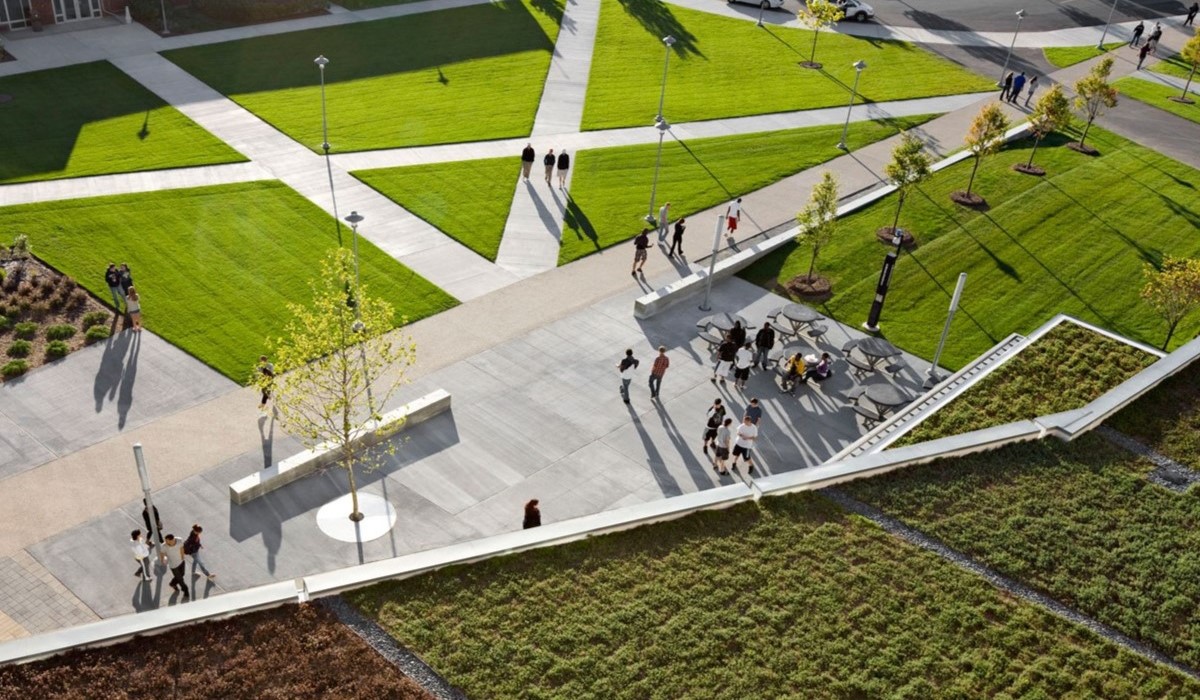
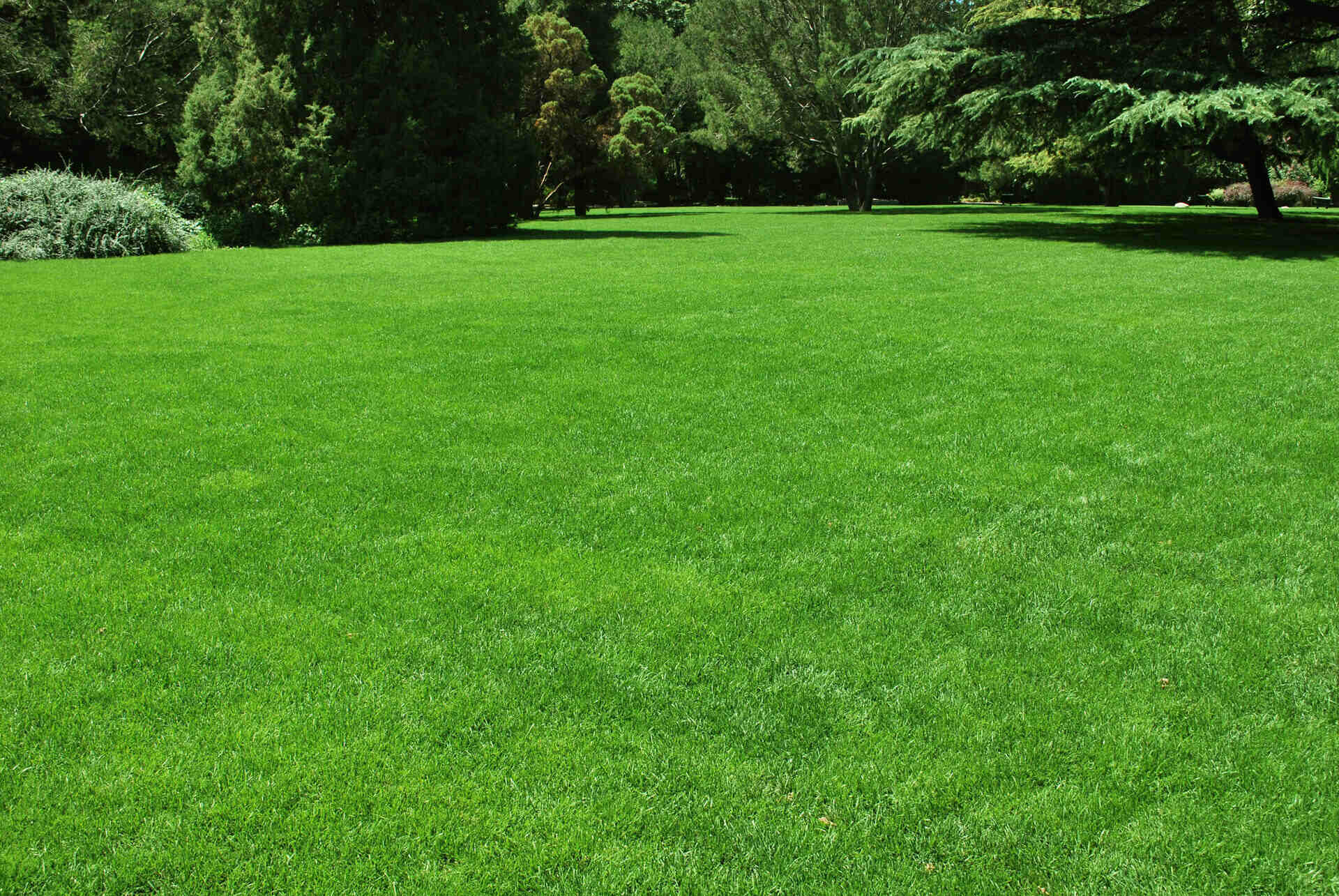
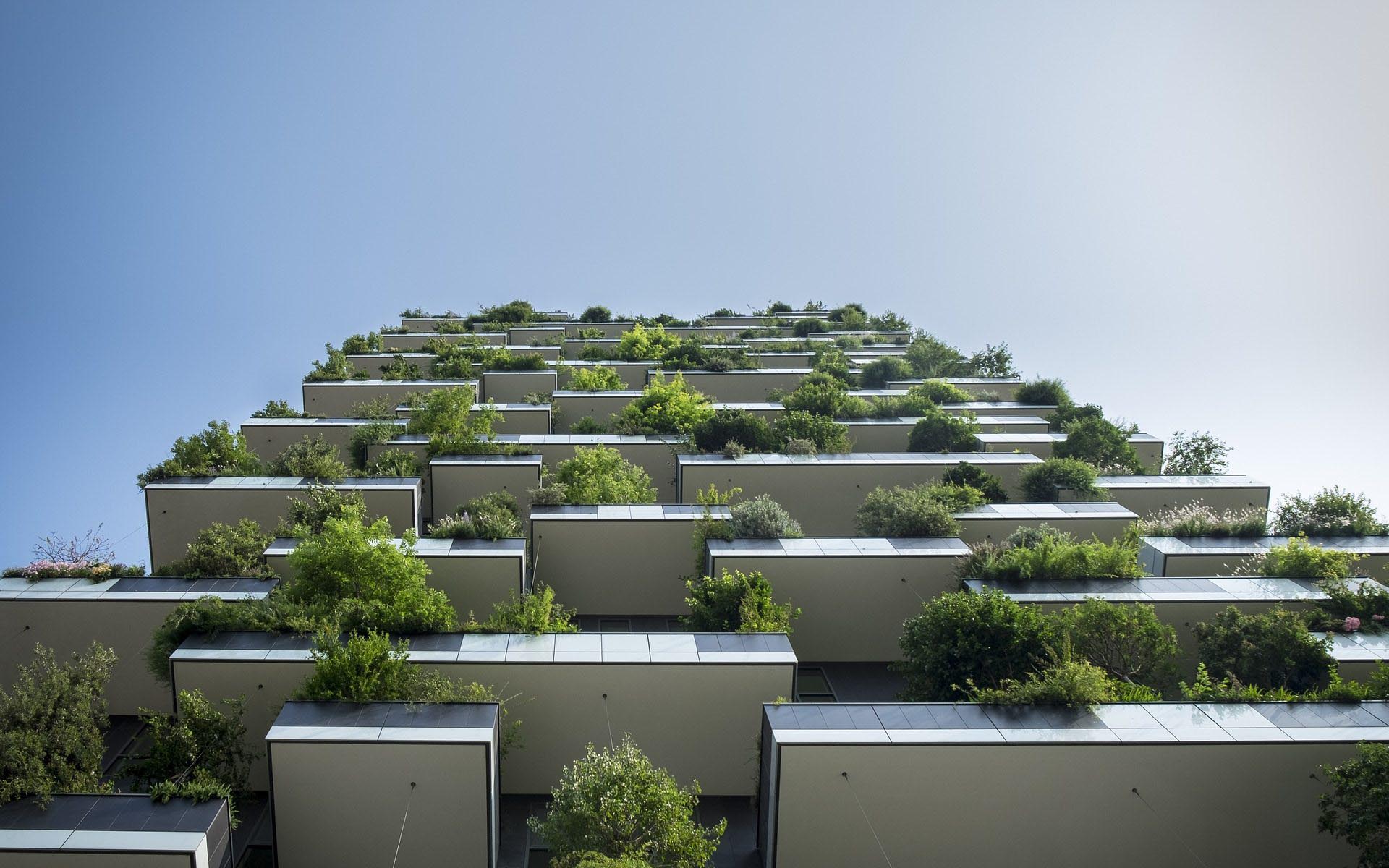
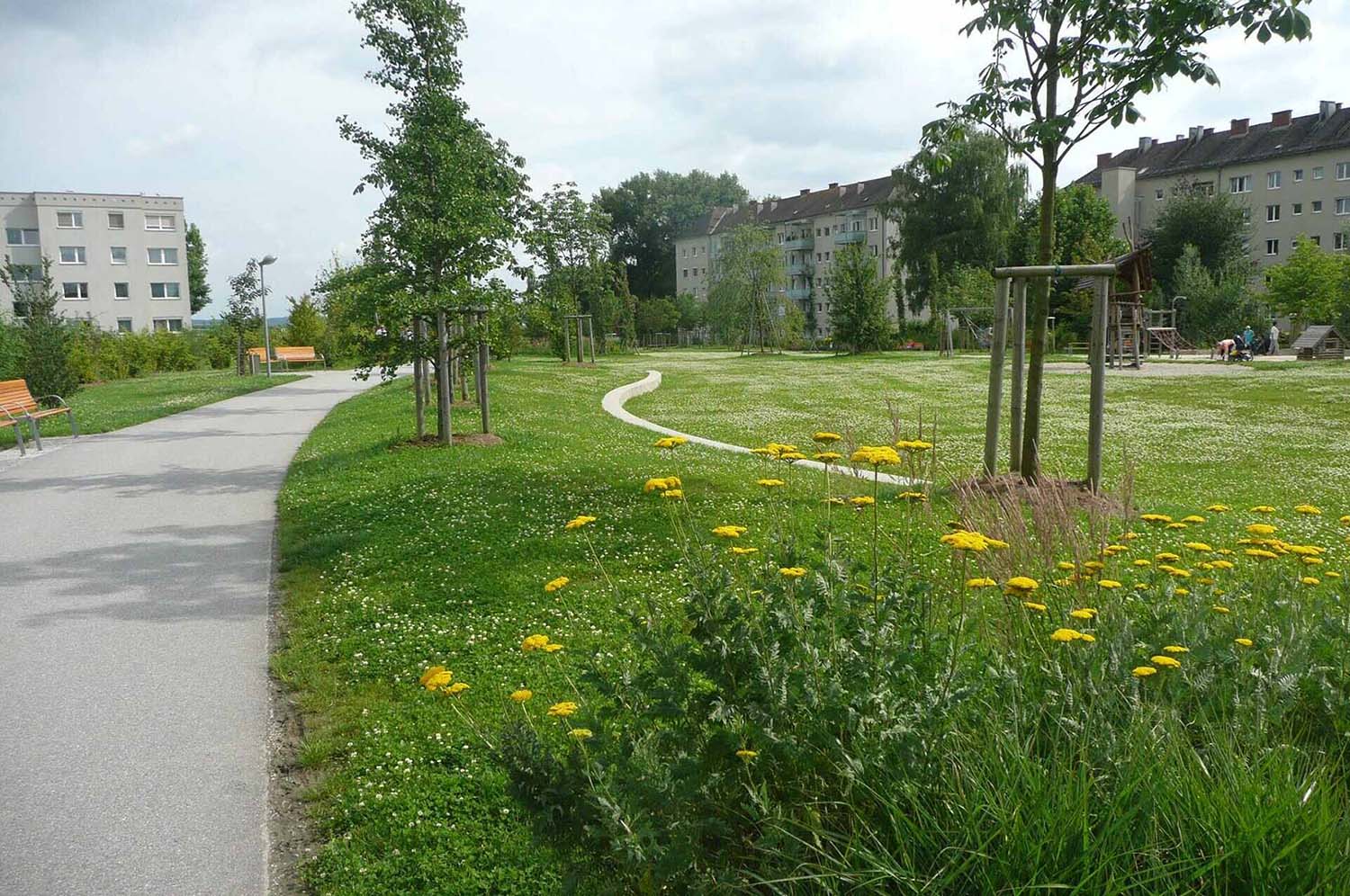


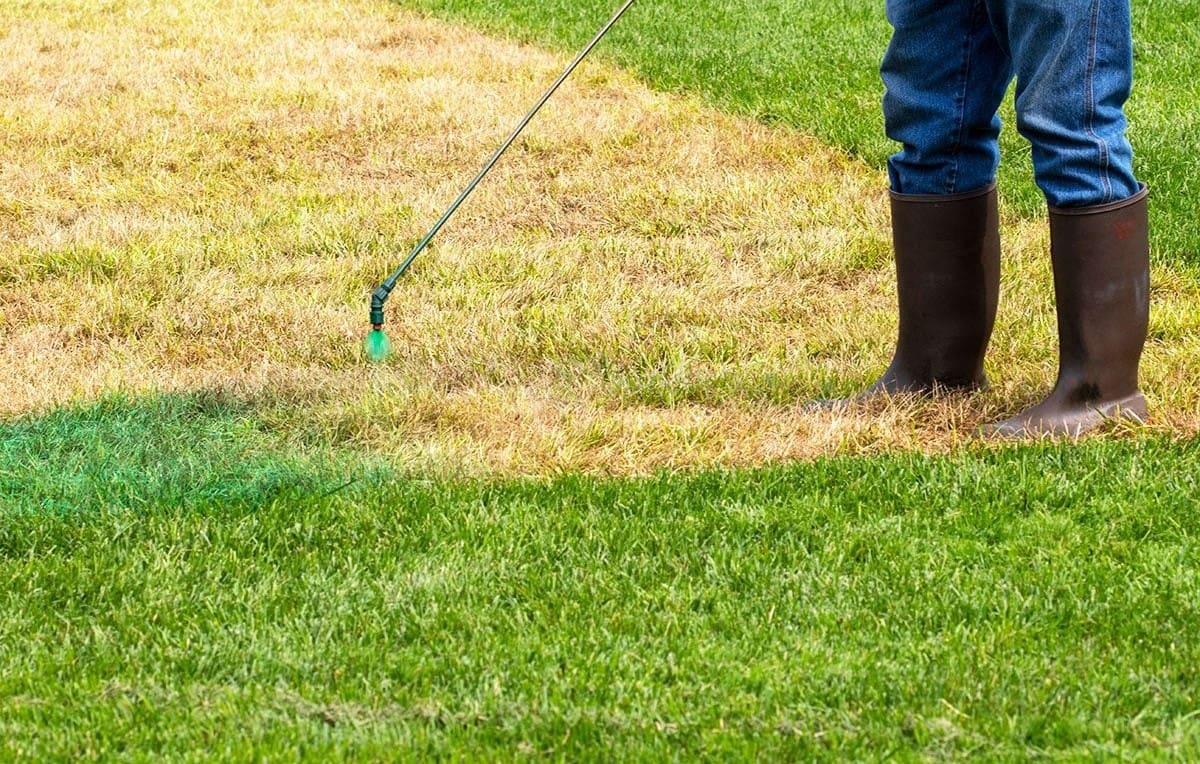
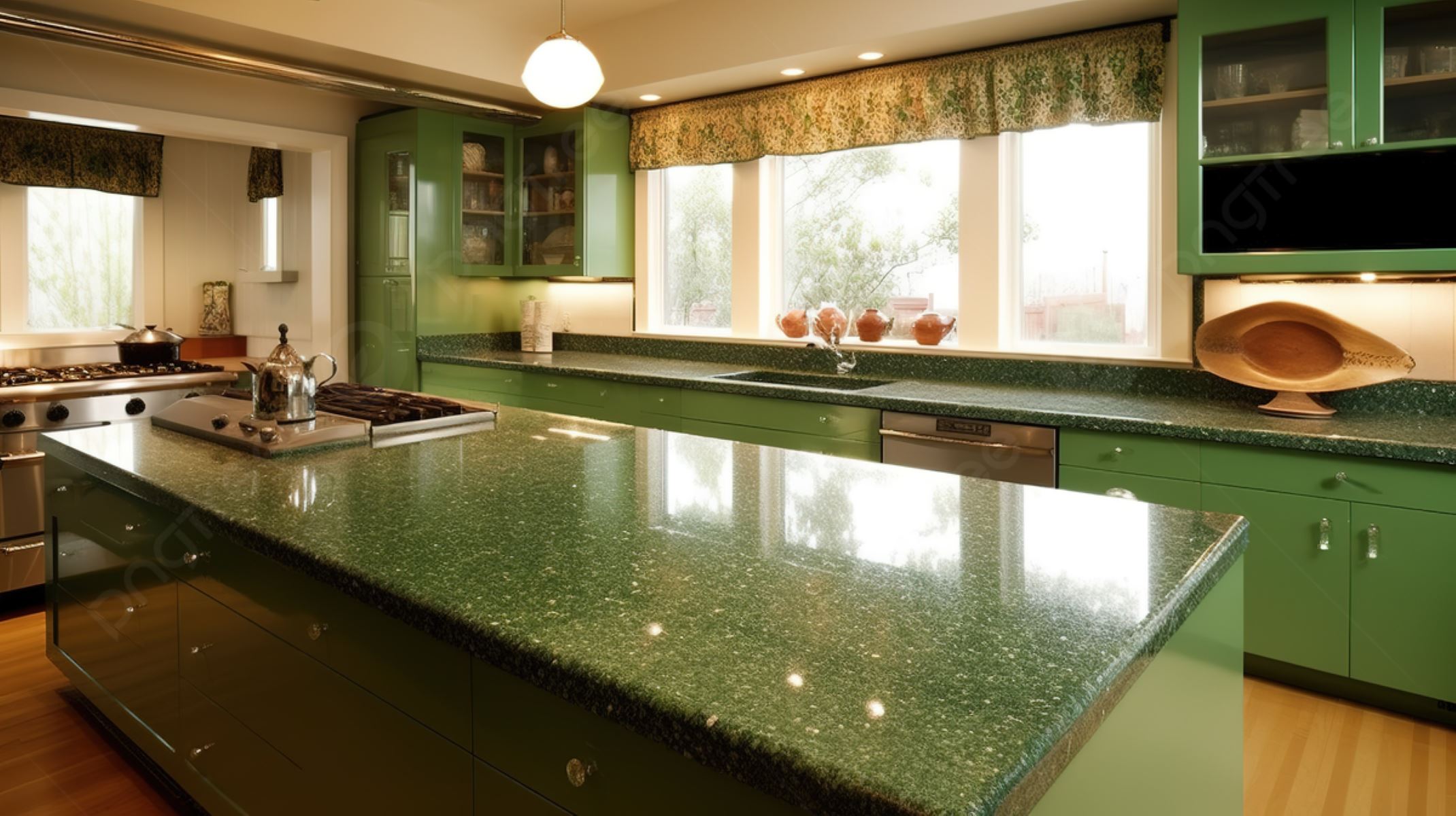
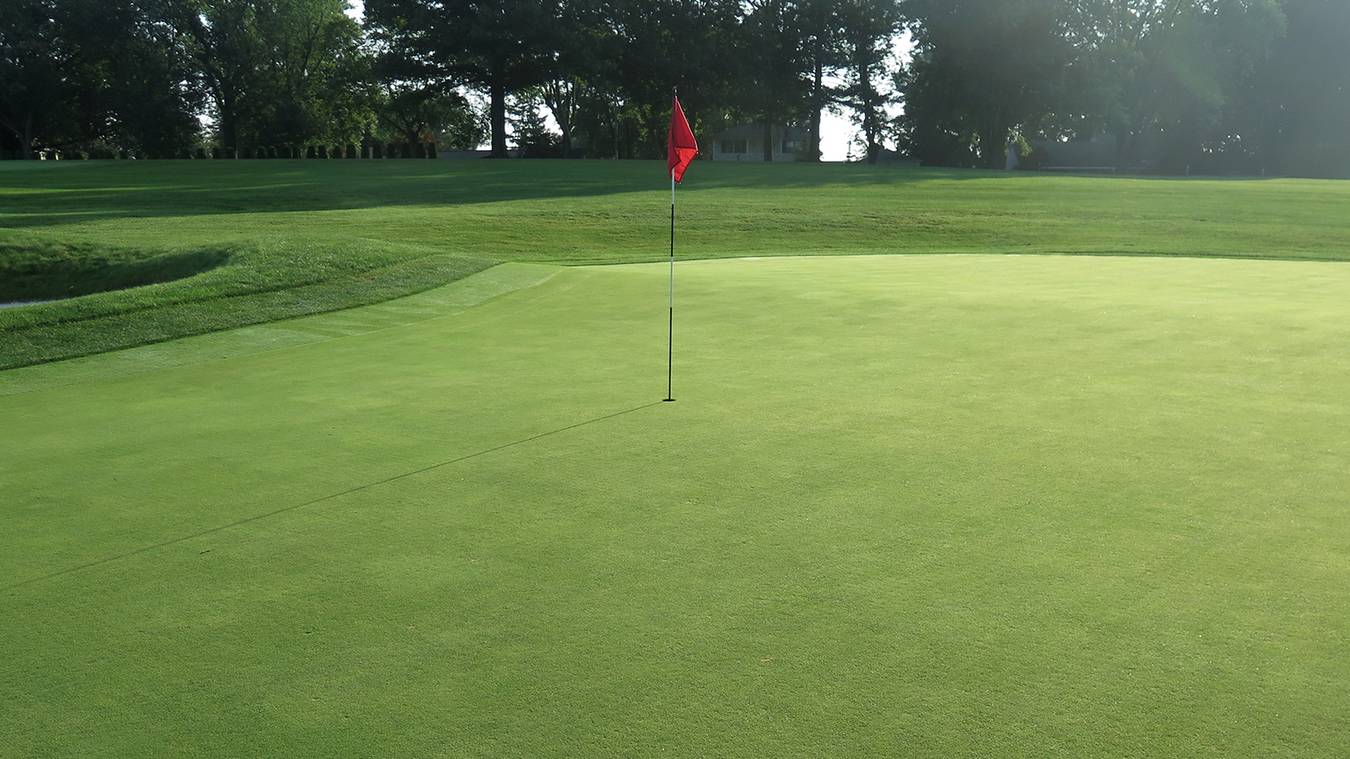
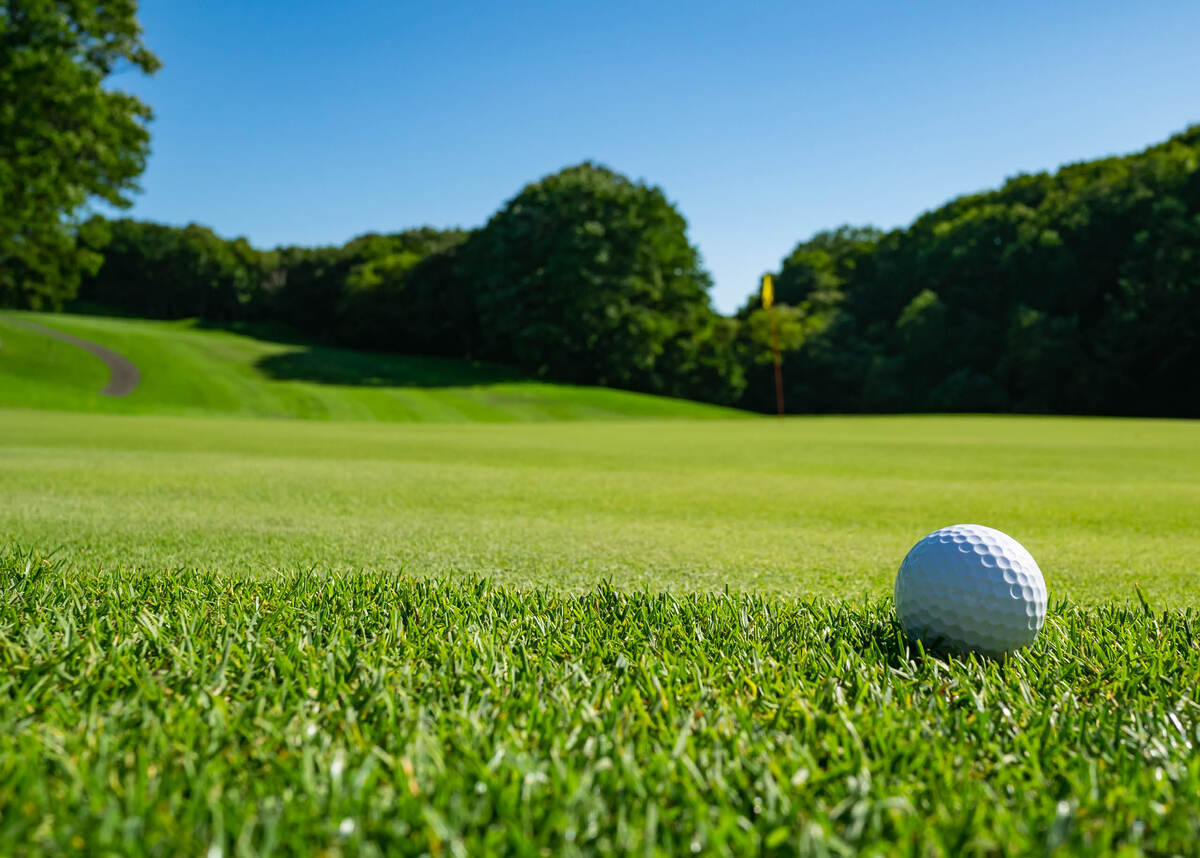
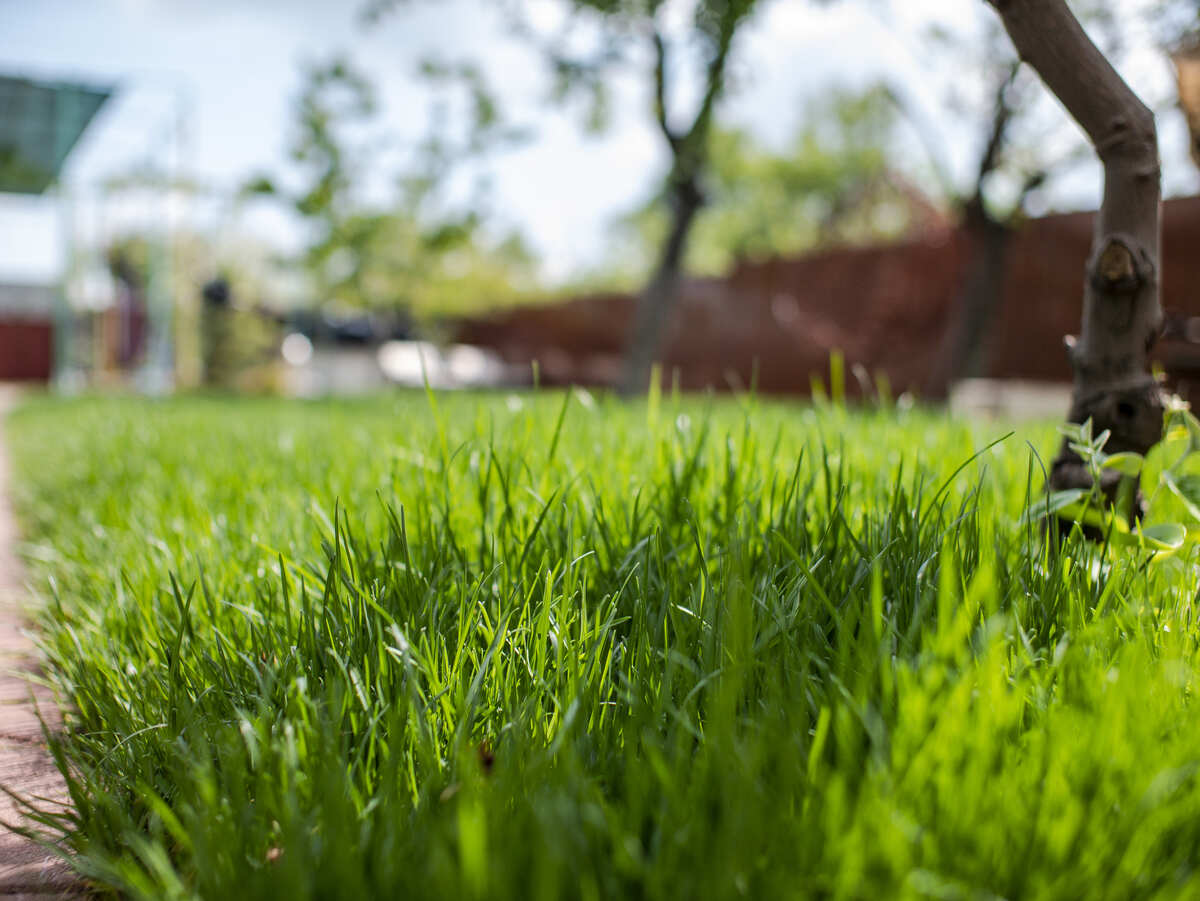
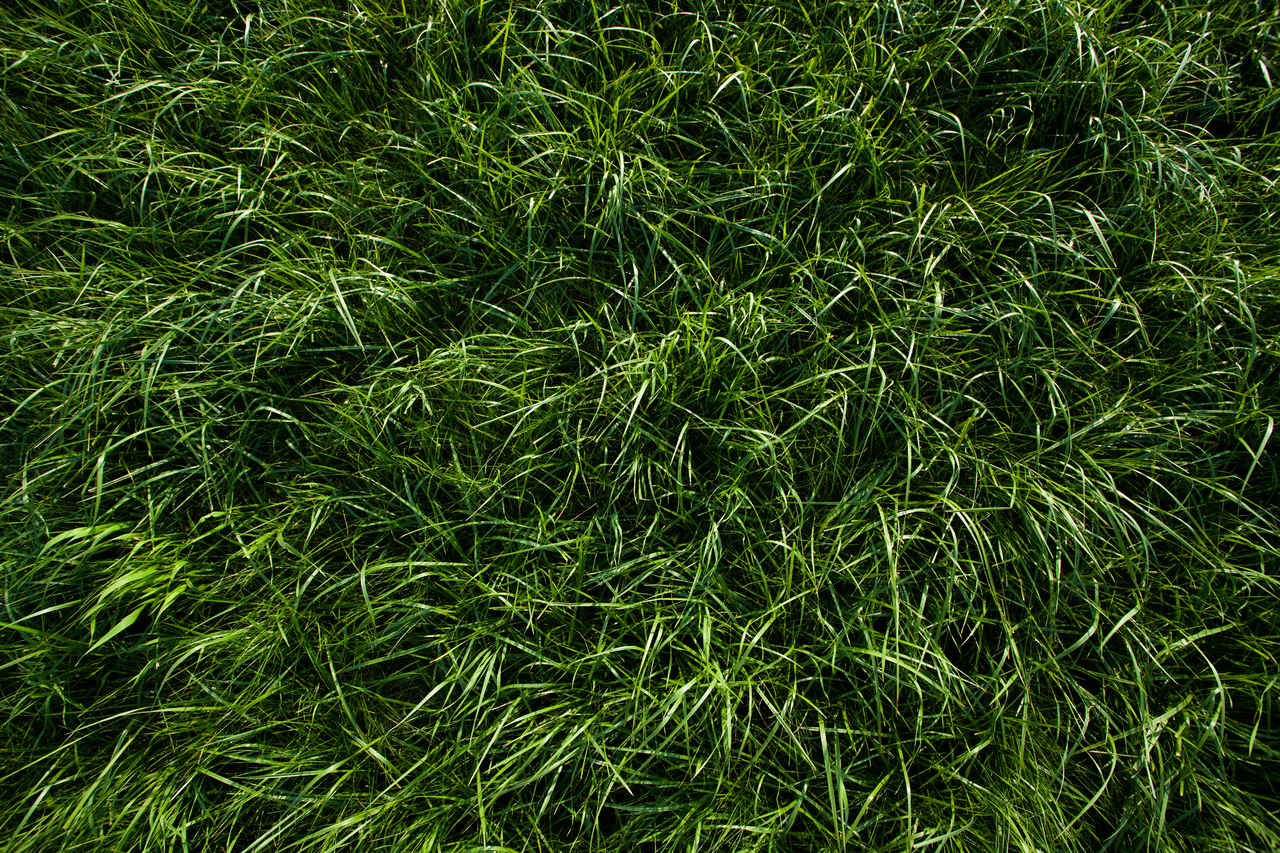

0 thoughts on “What Is A Green Space”